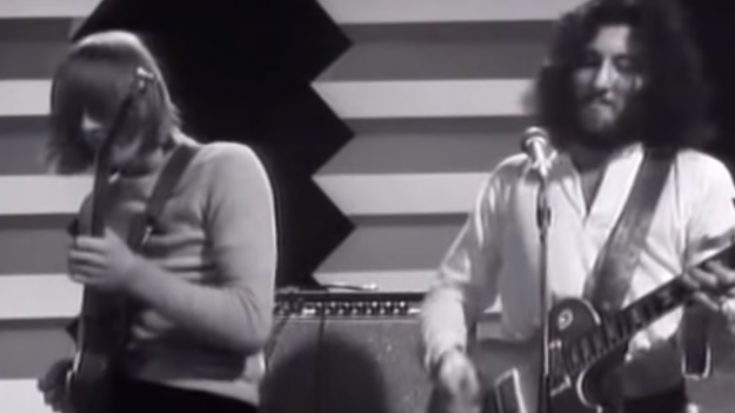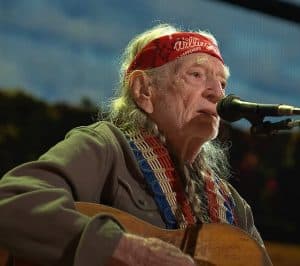’60s Fleetwood Mac vs. ’70s Fleetwood Mac: It’s More Than Just A Rumour

Fleetwood Mac's Peter Green era - BadlyDrawnBallbag / Youtube
For true Fleetwood Mac fans, there is a distinction between the band’s ’60s and ’70s incarnations. For purists, it was Peter Green’s run with Fleetwood Mac that made the best music, and yet, contemporaries site Stevie Nicks and Lindsey Buckingham’s addition to the band made it what it is today. But the band’s rather mercurial lineup changes were more complicated than just dividing it in these two “eras”.
The band was founded by Green, Mick Fleetwood, John McVie, and Jeremy Spencer in 1968. Their self-titled debut is best represented by the song “Shake Your Moneymaker”, which was an original from blues icon Elmore James. This was a definite marker for Green’s tenure in the band, concentrating on making blues originals and covers. Later in 1968, young guitarist Danny Kirwan joined the fray, completing the signature three-guitar setup of the band, with songs like “Albatross” showcasing their effectiveness as a unit. Everything was doing fine until two years later, where Green was consumed by substance abuse problems, spiraling down to mental deterioration. “The Green Manalishi (With the Two-Prong Crown)” became Fleetwood Mac’s last hit with Green before he left the band just right after the conclusion of their 1970 European tour.
The band was left with Kirwan and Jeremy Spencer, but luckily, Christine McVie and Bob Welch were at hand. Fleetwood Mac was either messing with rock or country in this era with songs like “Dragonfly”. By 1973, Kirwan started to have alcohol problems of his own, which led to him being booted from the band and replaced by Bob Weston, where the Welch-penned “Hypnotized” became a radio success for the band. After a debacle on the “fake” Fleetwood Mac lineup, Welch left the band and was replaced by the due of Stevie Nicks and Lindsey Buckingham in 1974. This started the band’s major success in the commercial aspect, with songs like “Rhiannon” becoming a testament to Nicks’s songwriting potential. Moving on, the band’s highly-acclaimed Rumours came out in 1977, becoming a bestselling hit that had songs like McVie’s “You Make Loving Fun” take the lead.
https://www.youtube.com/watch?v=wgmRb3MlpHQ
Other highlights in the Nicks-Buckingham era (and probably the final one before they left) is 1987’s Tango In The Night, which became the band’s next bestselling album next to Rumours. Since then, Fleetwood Mac has been more reserved and only played reunion shows due to each members’ individual commitments.












